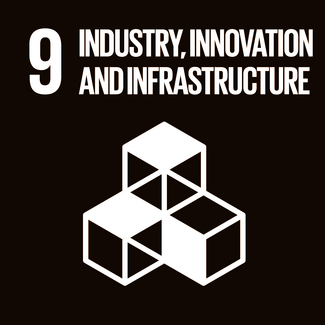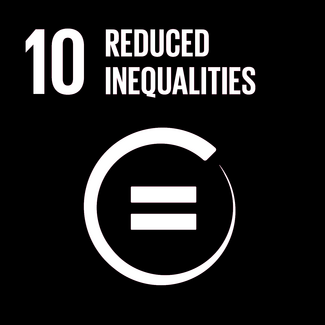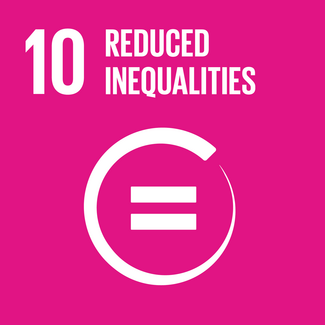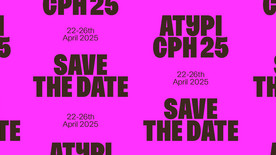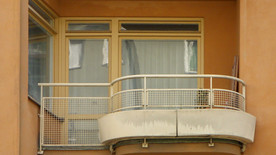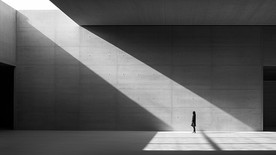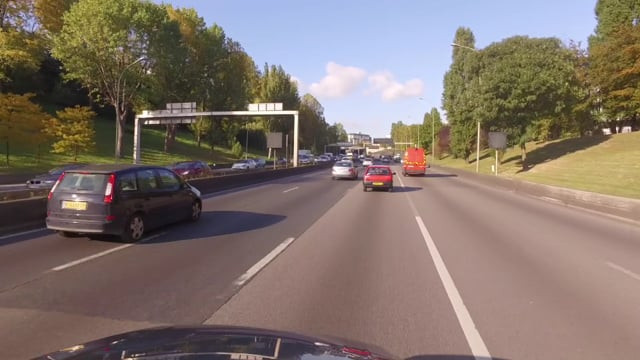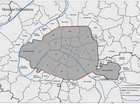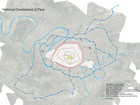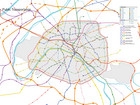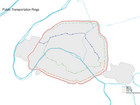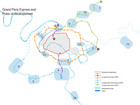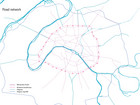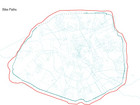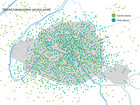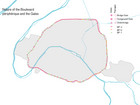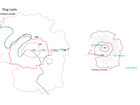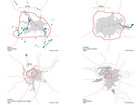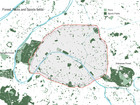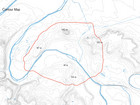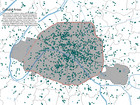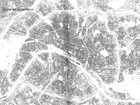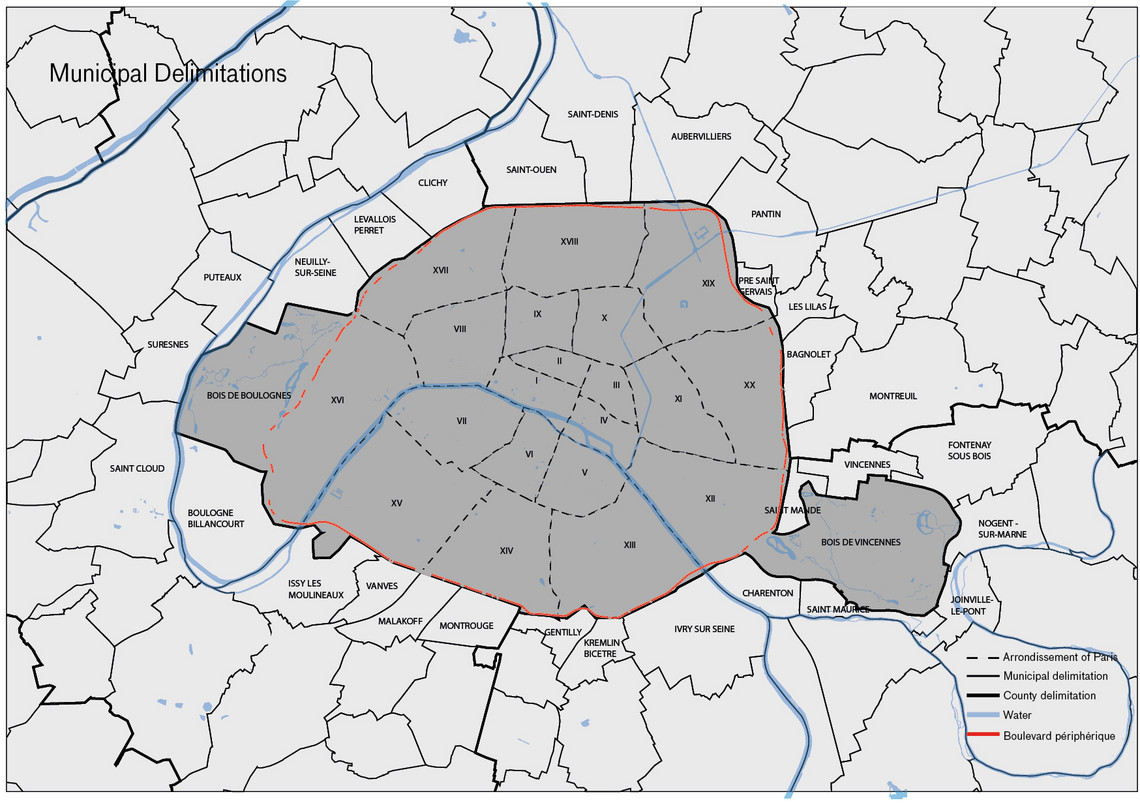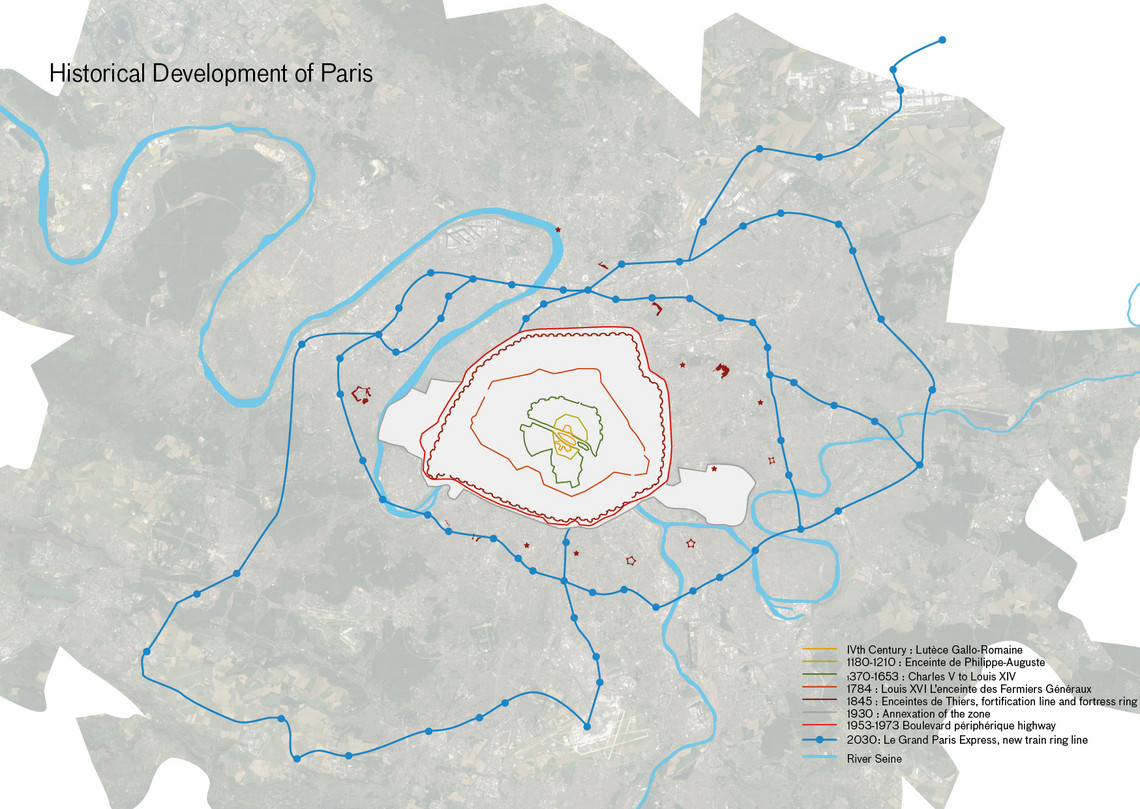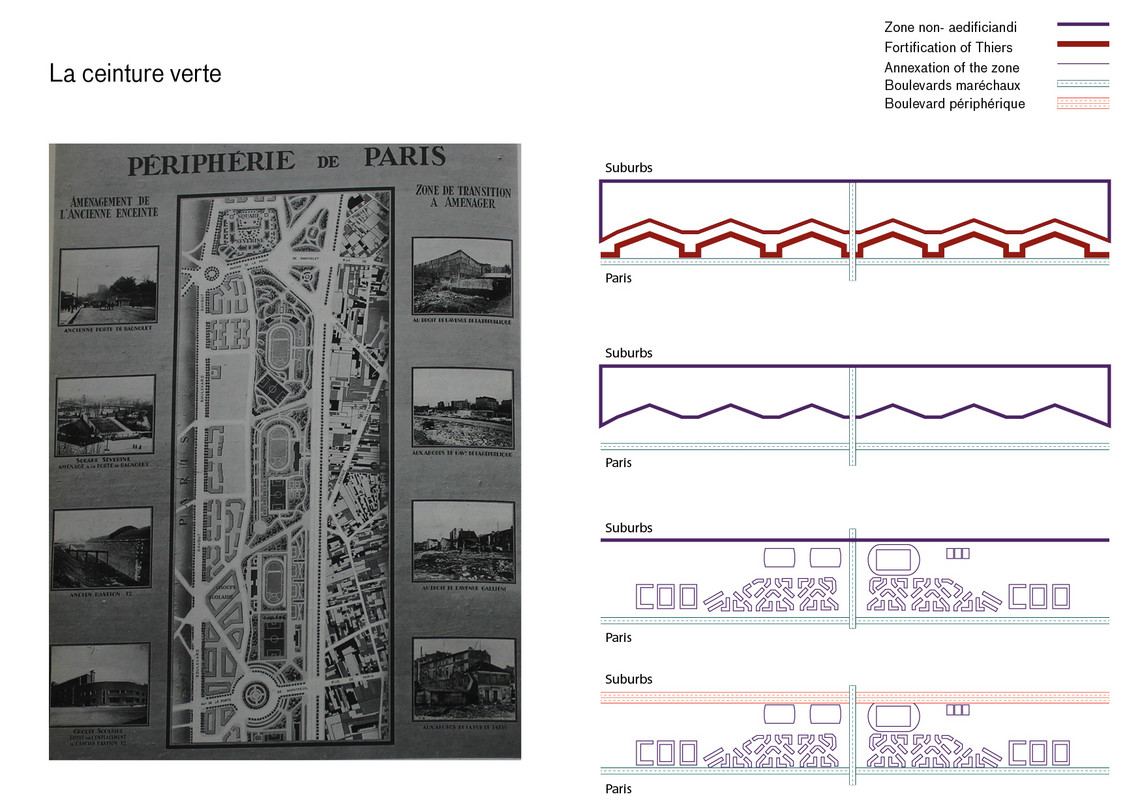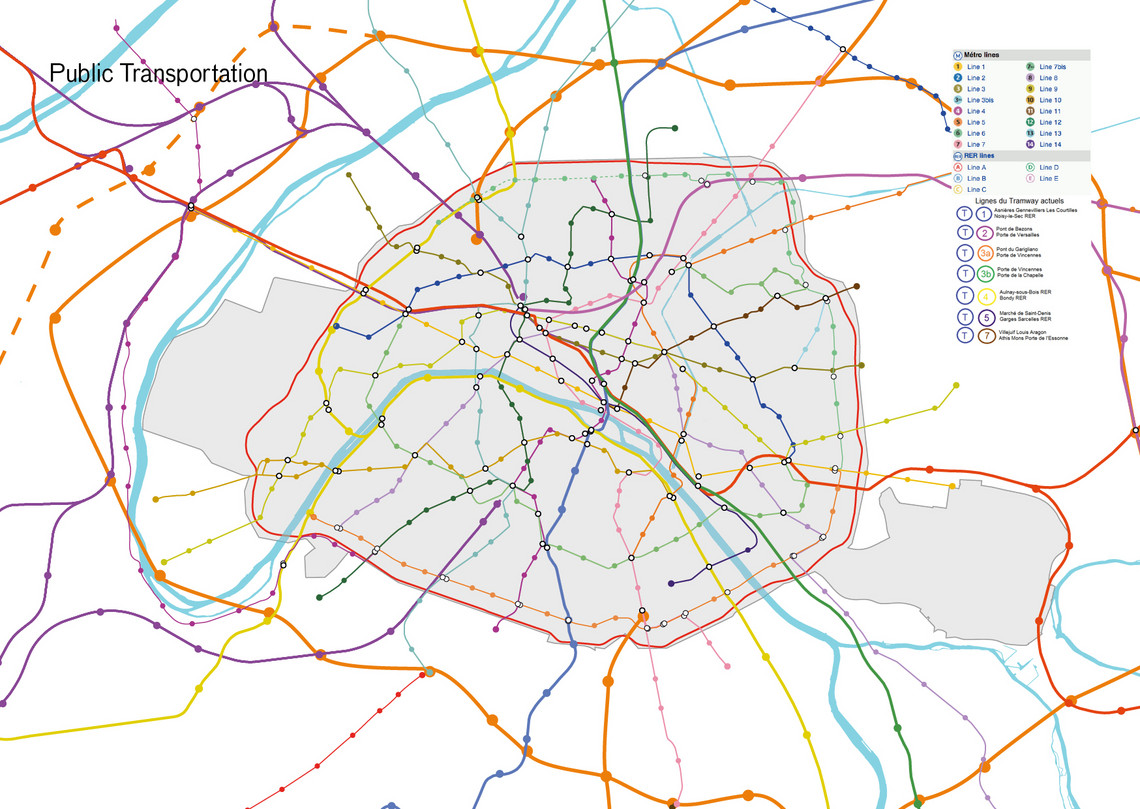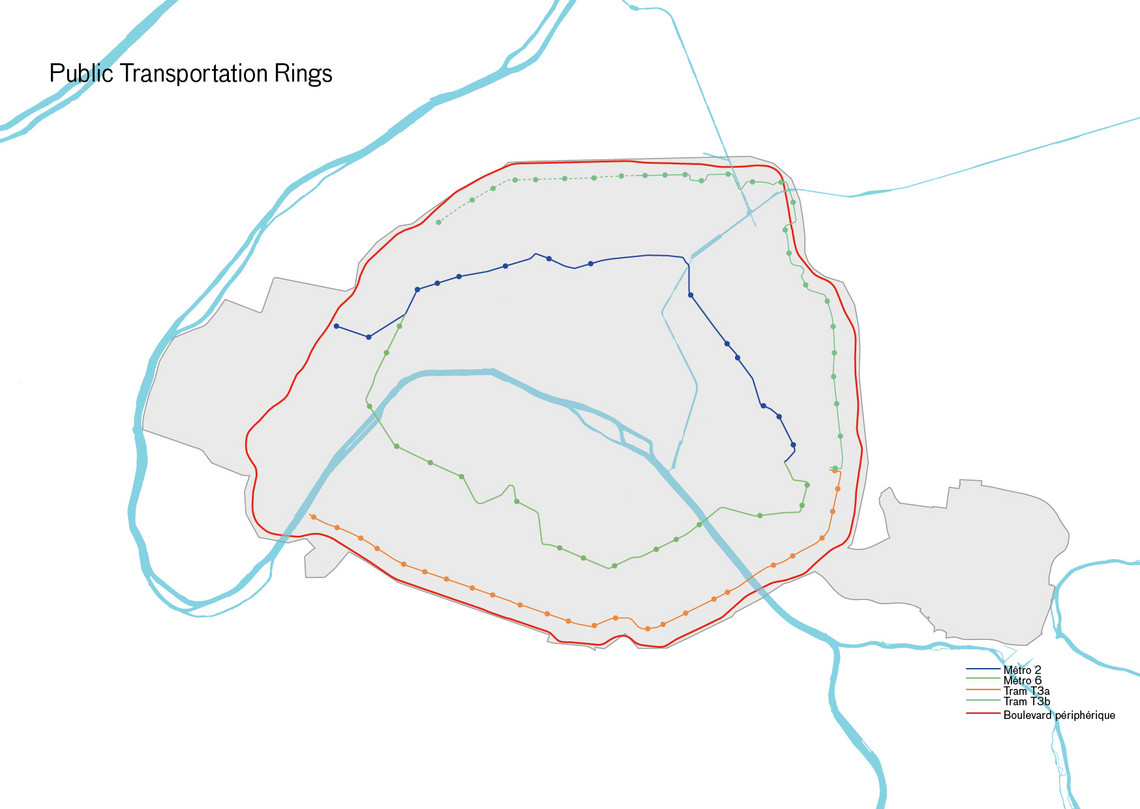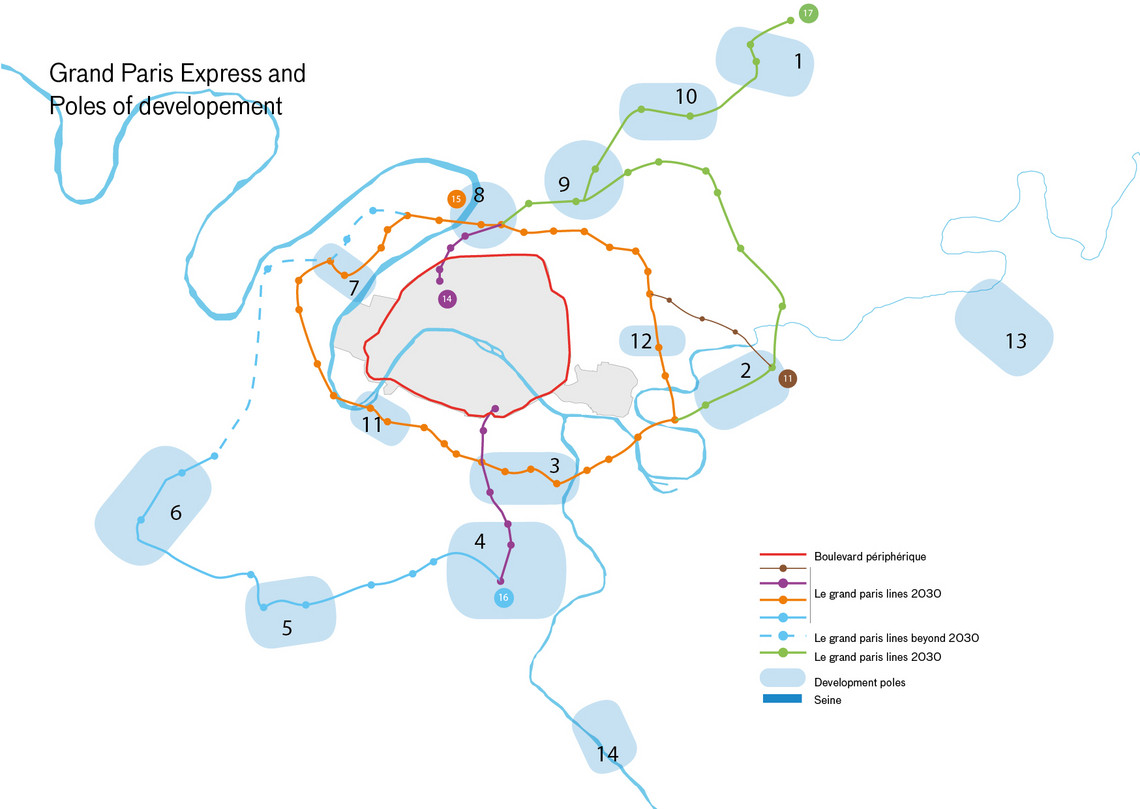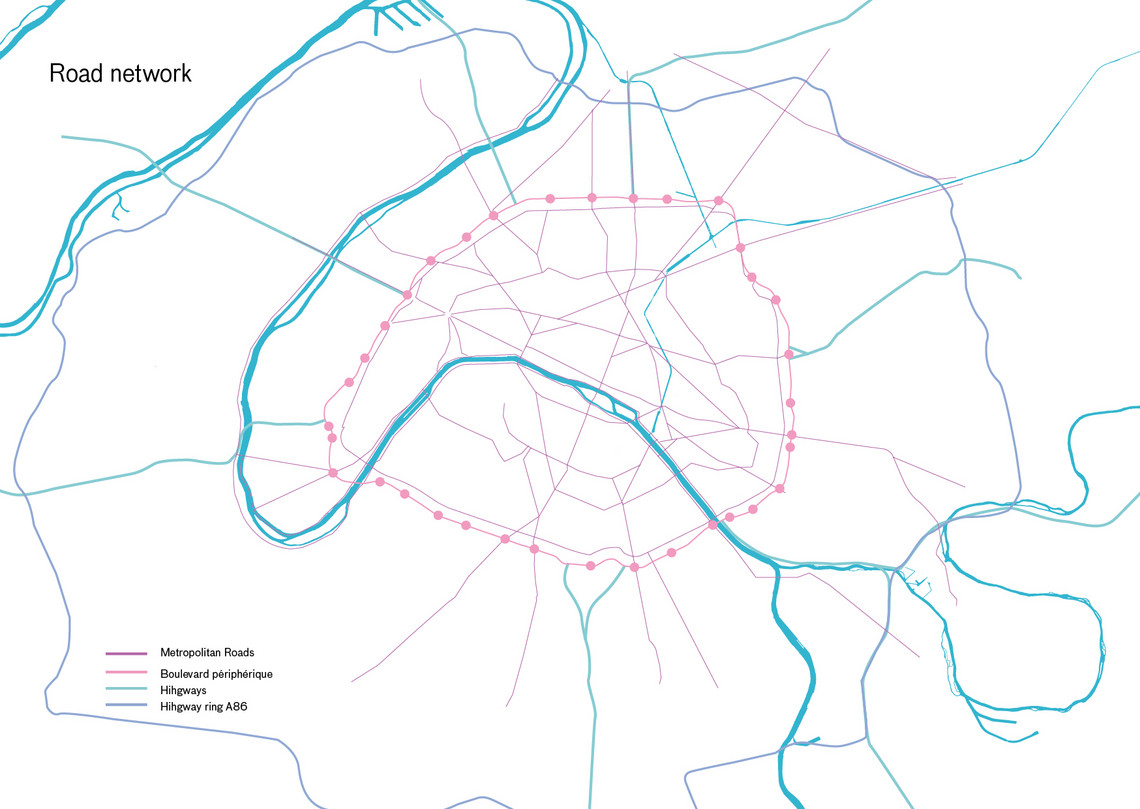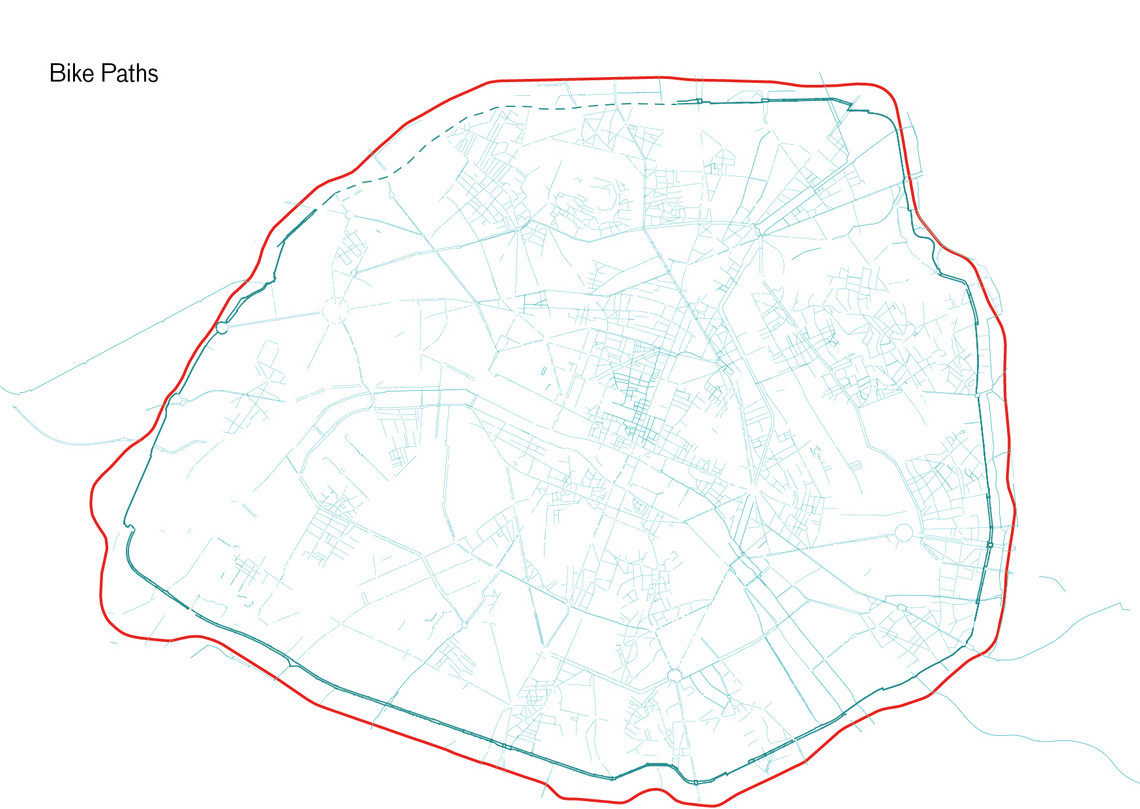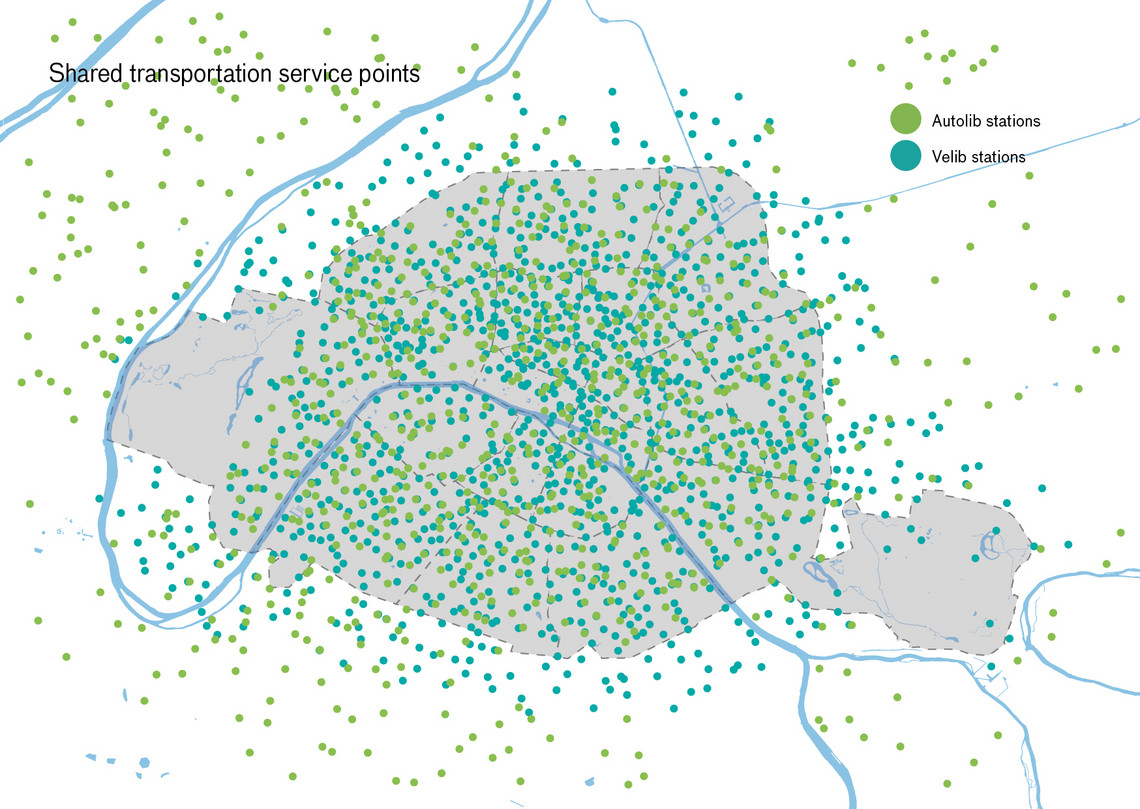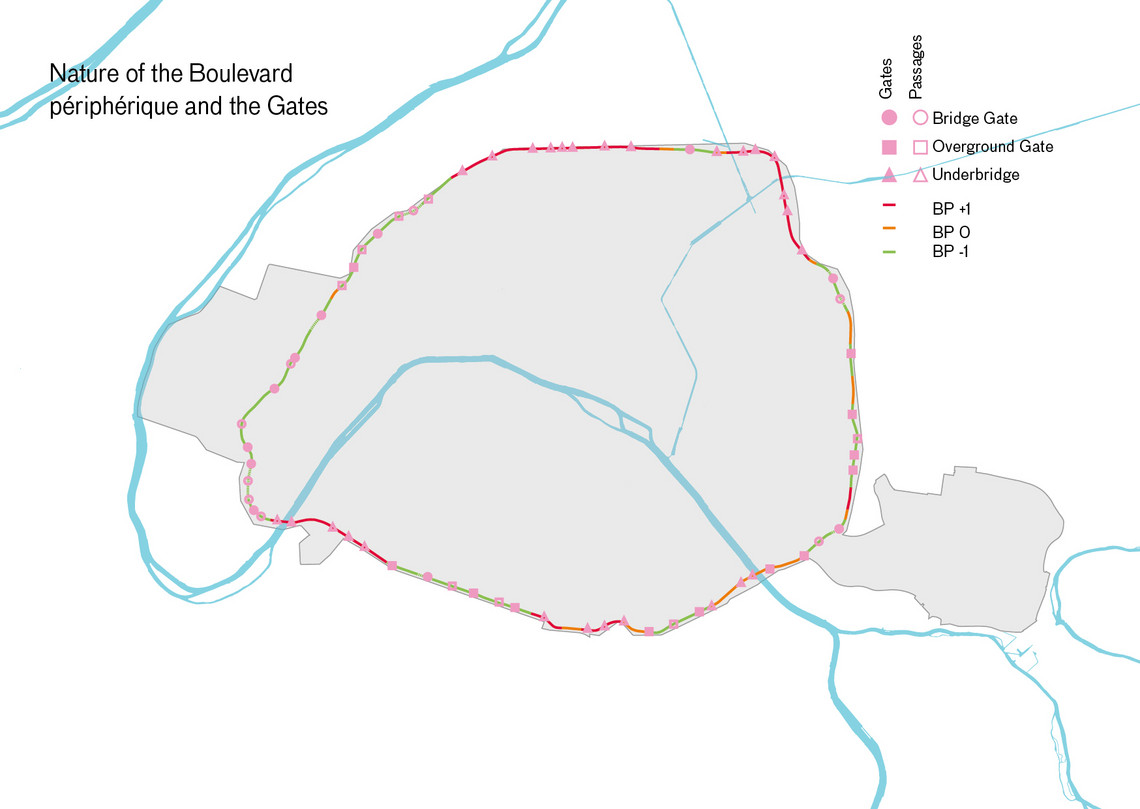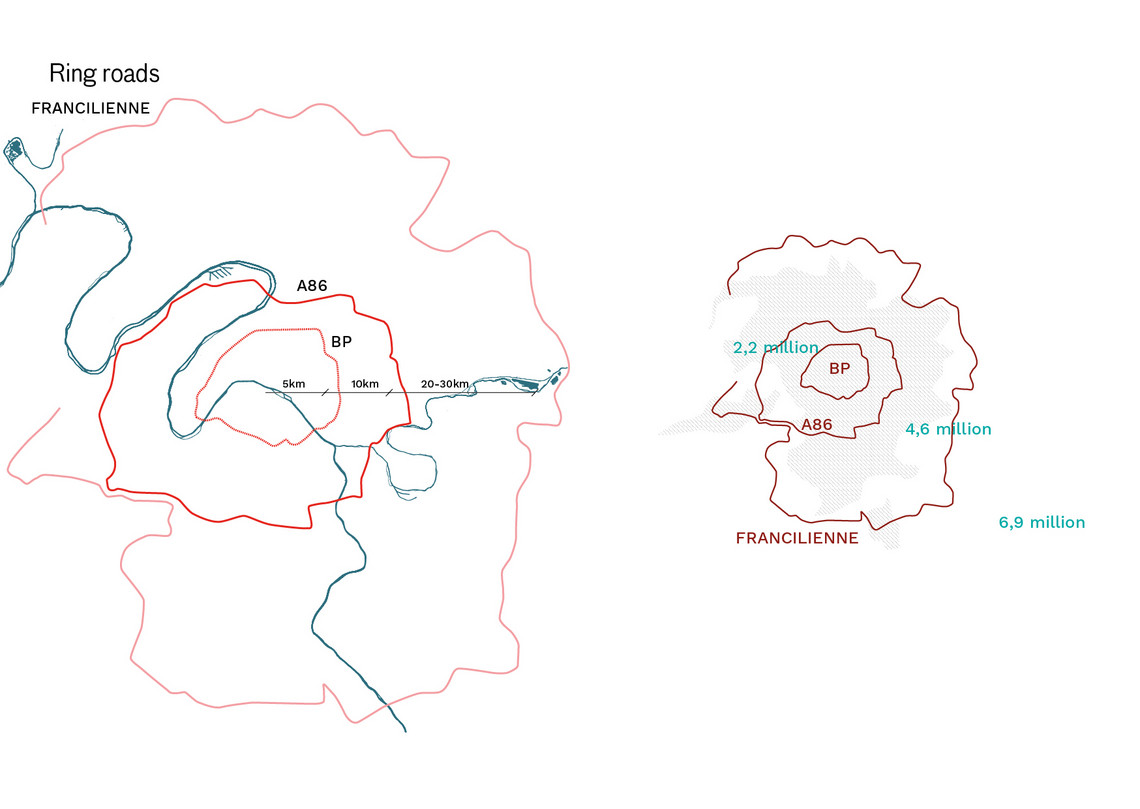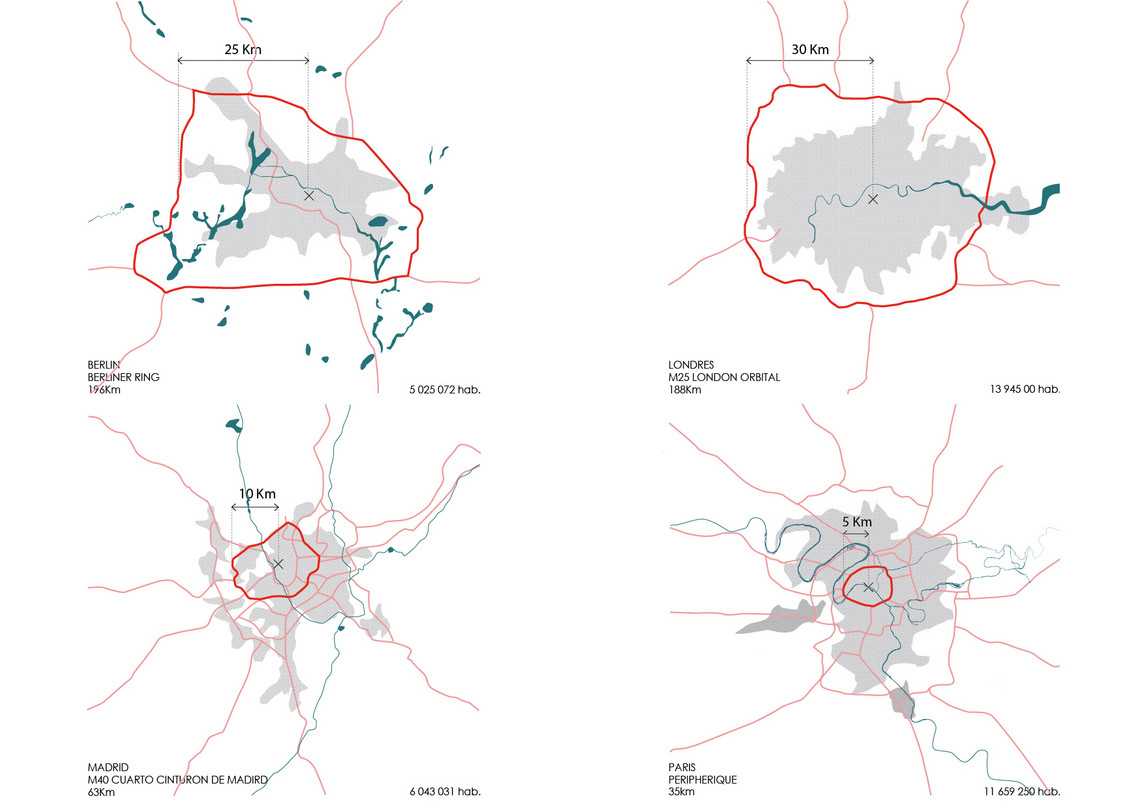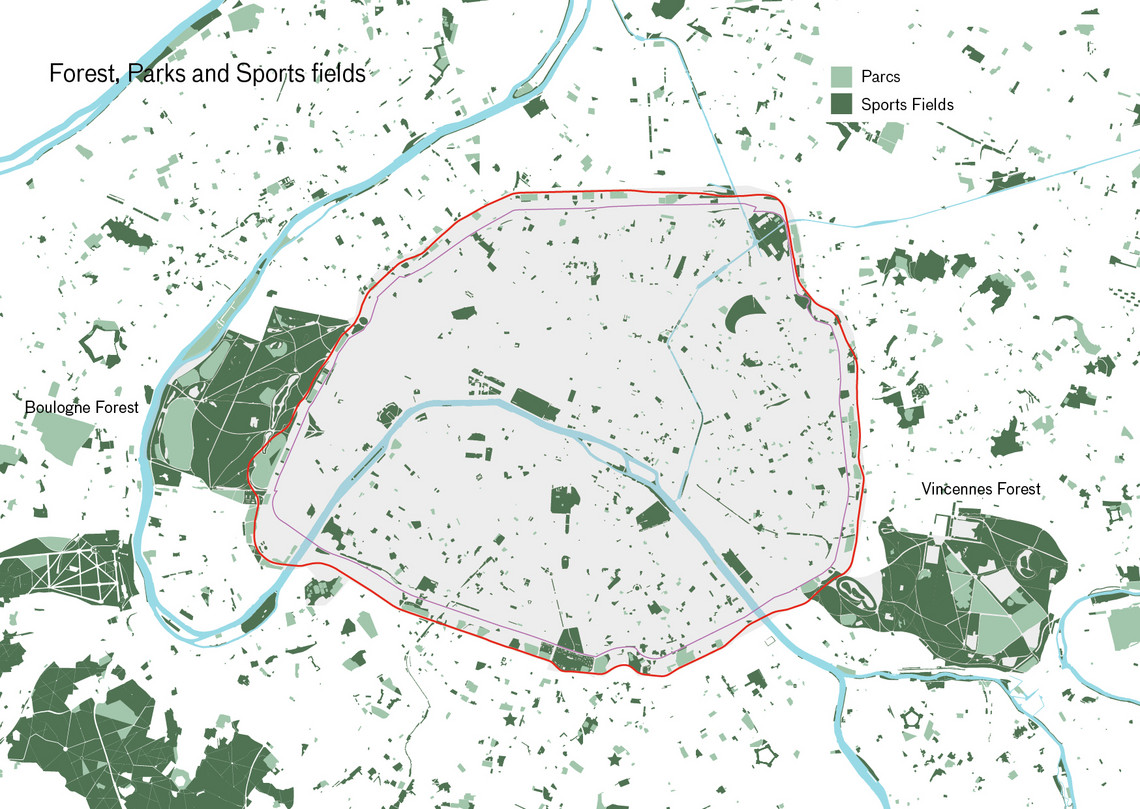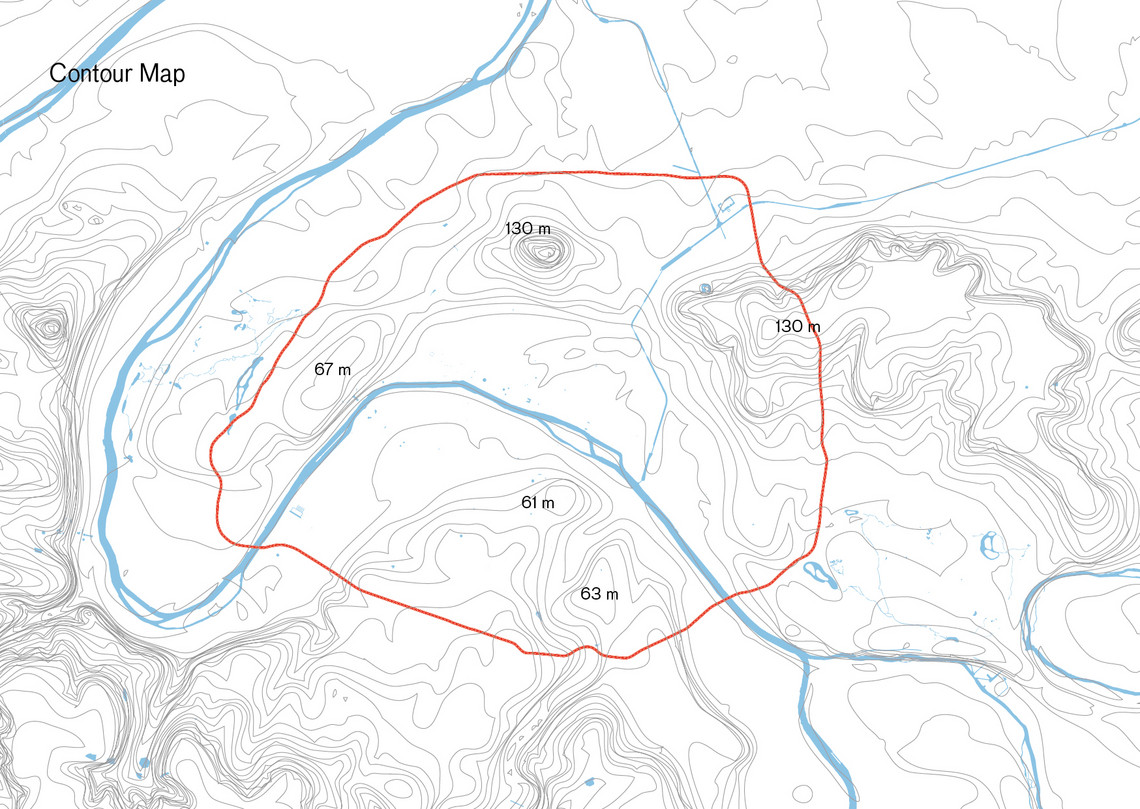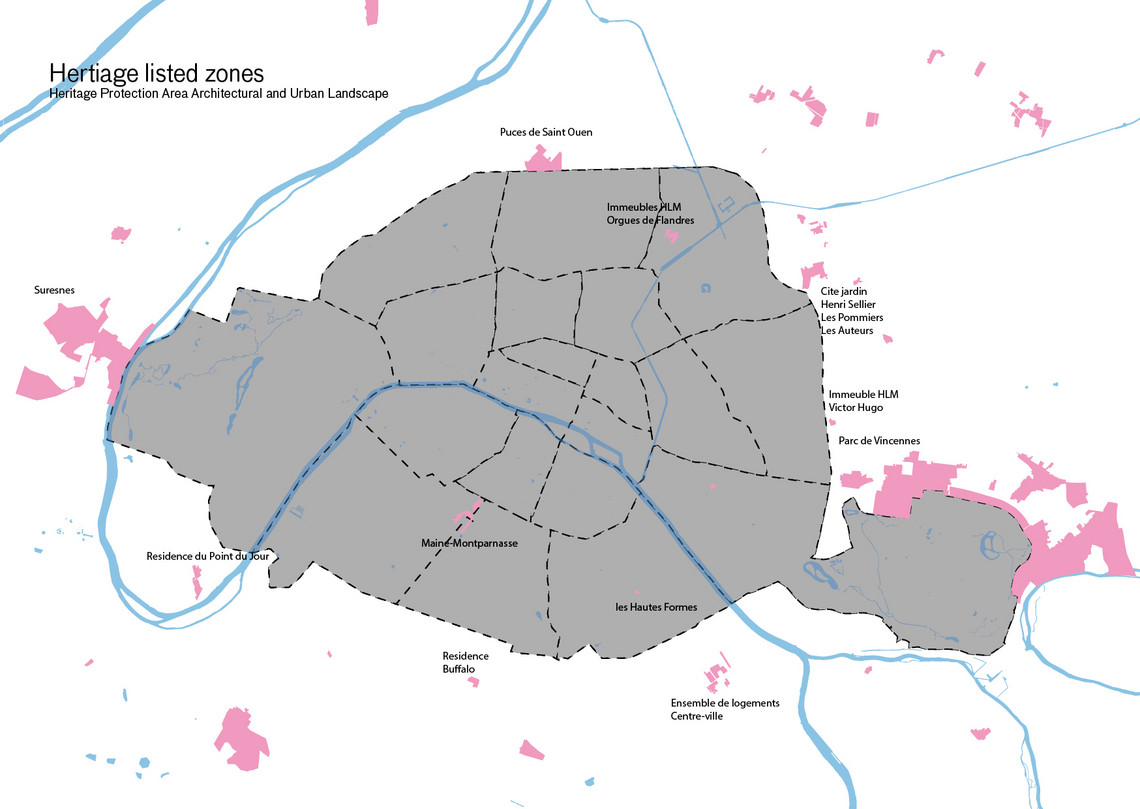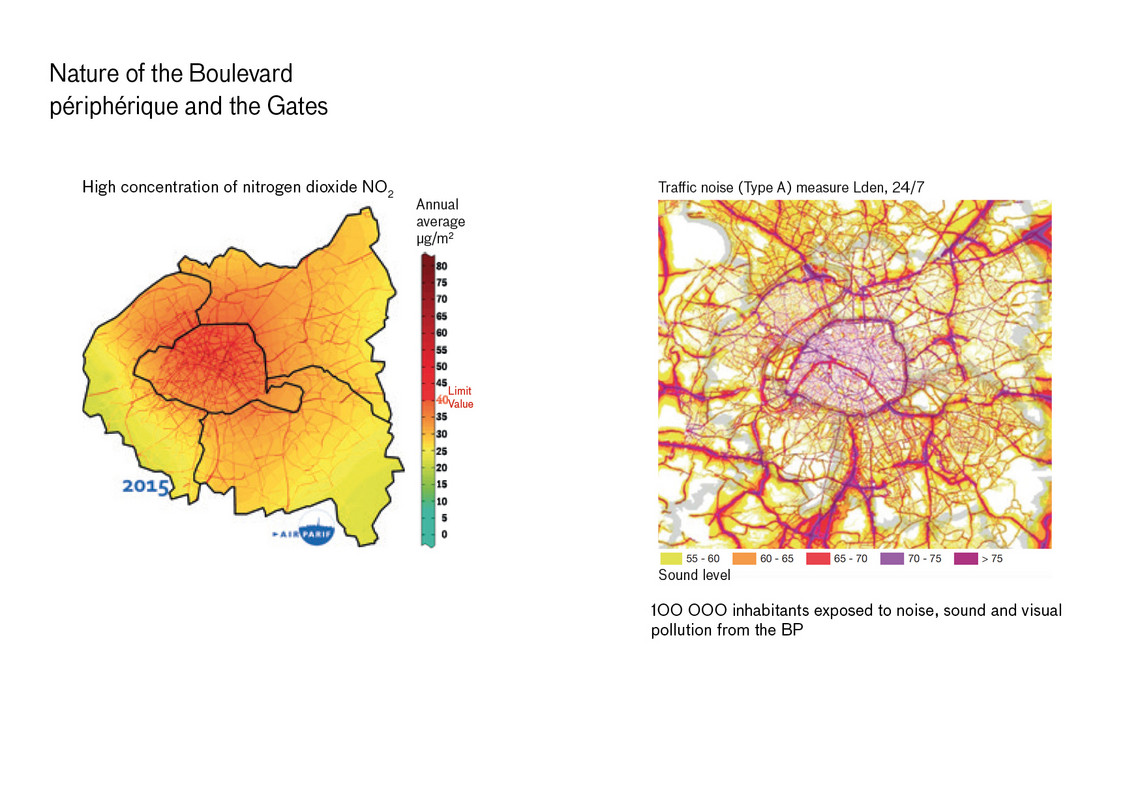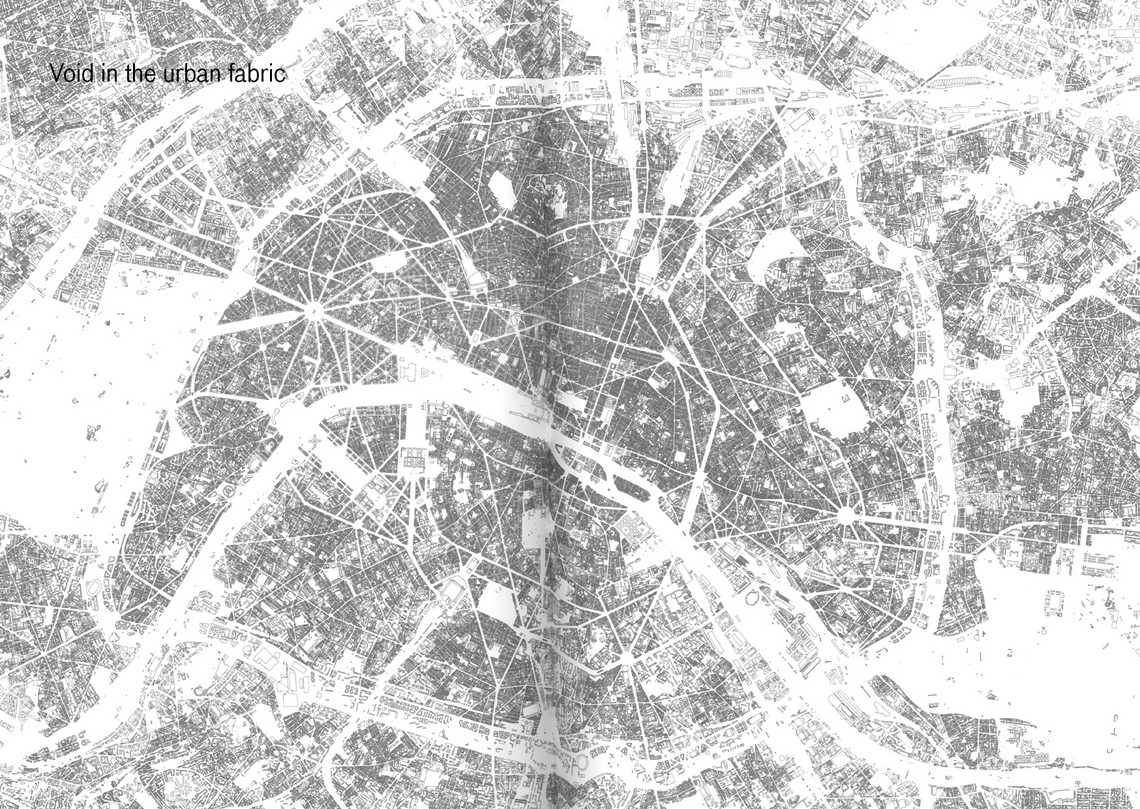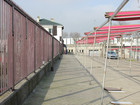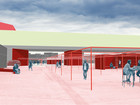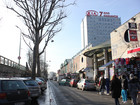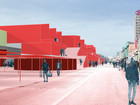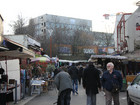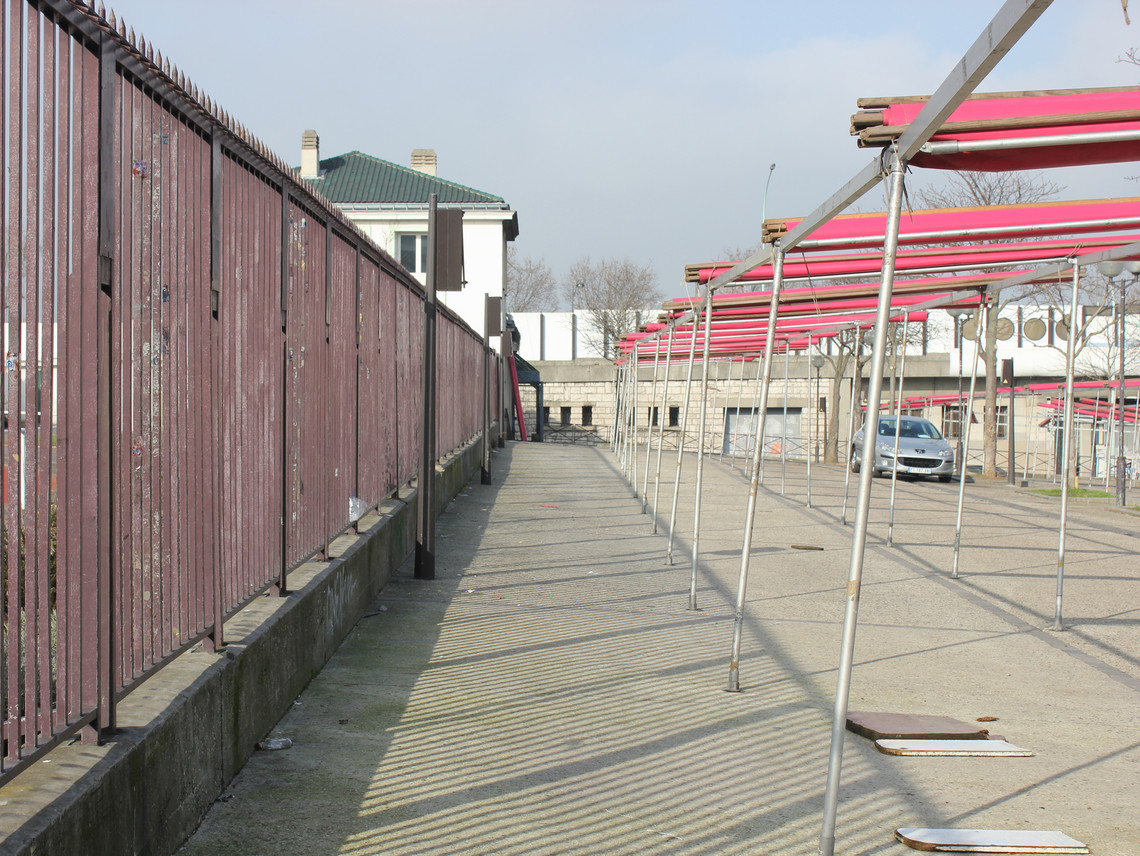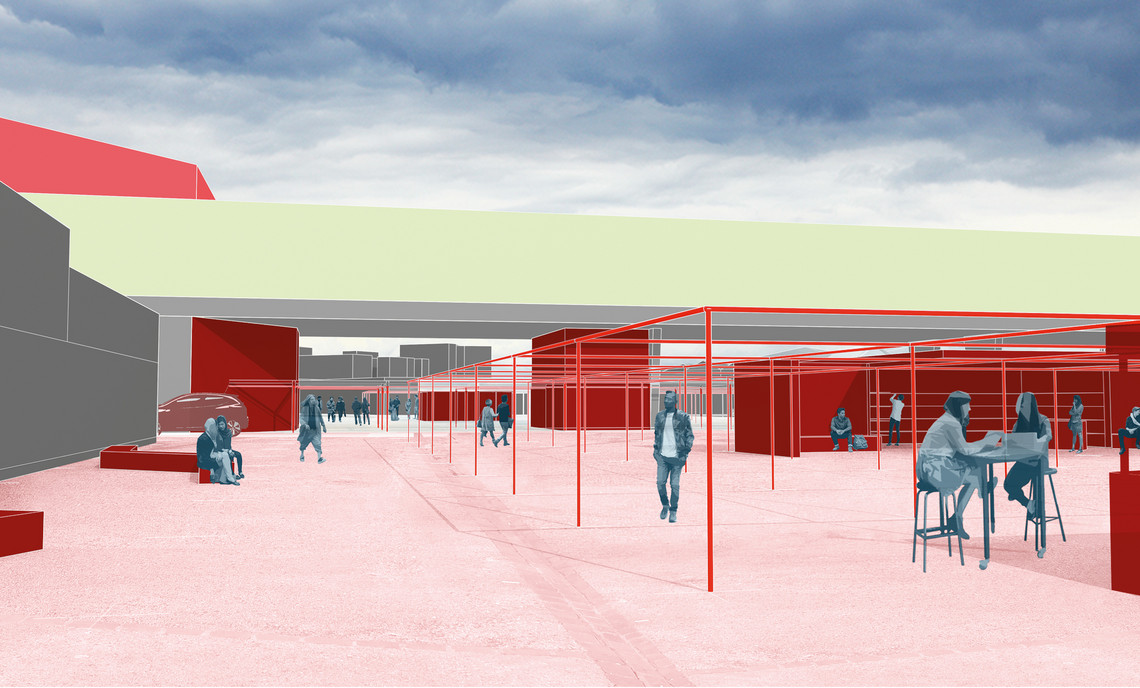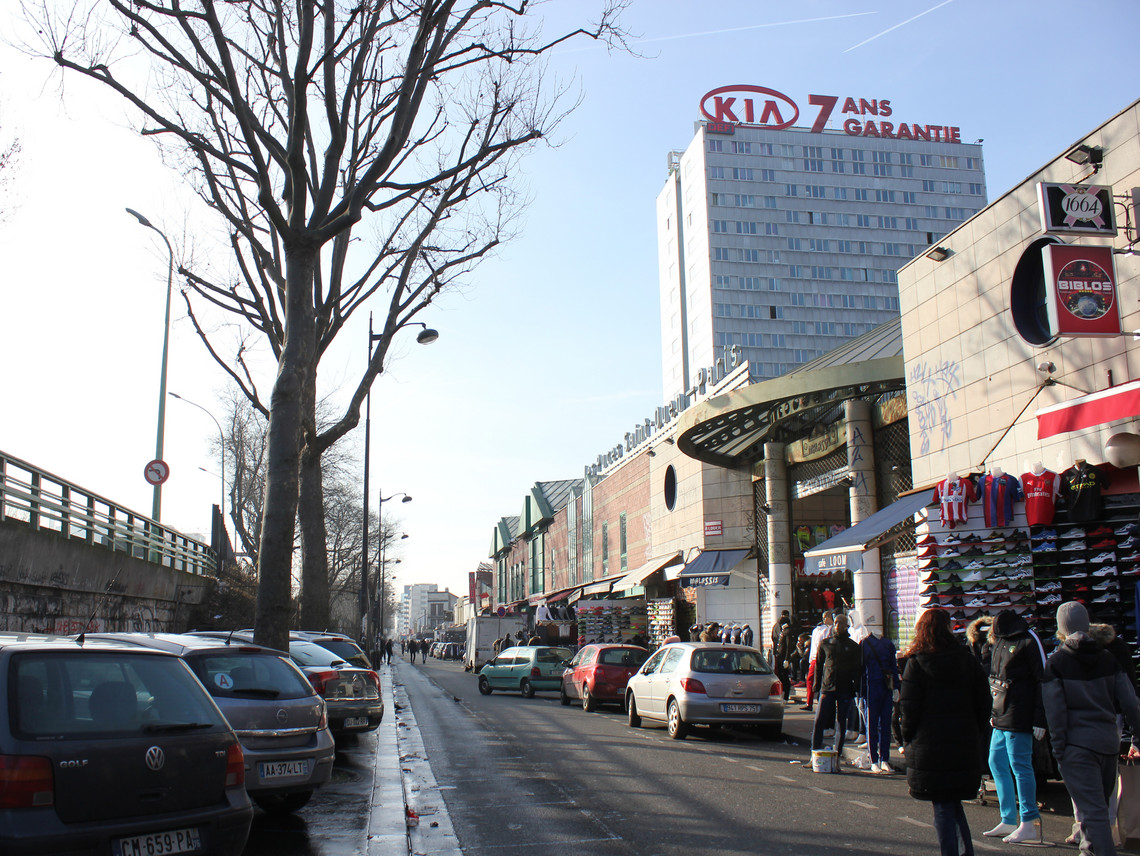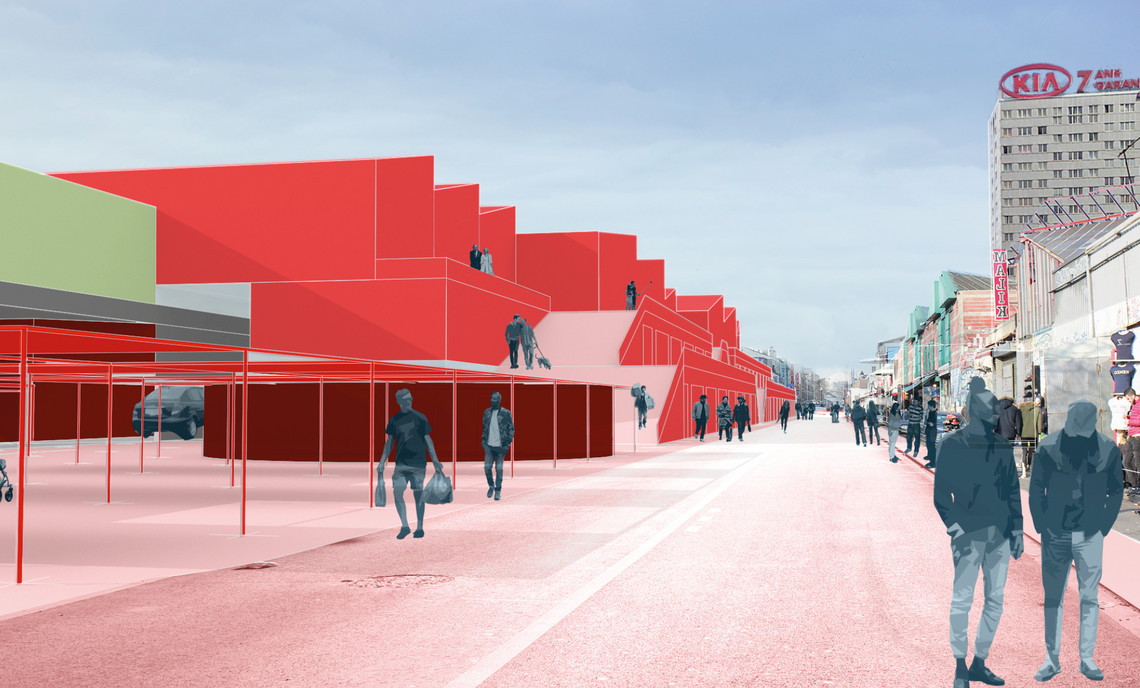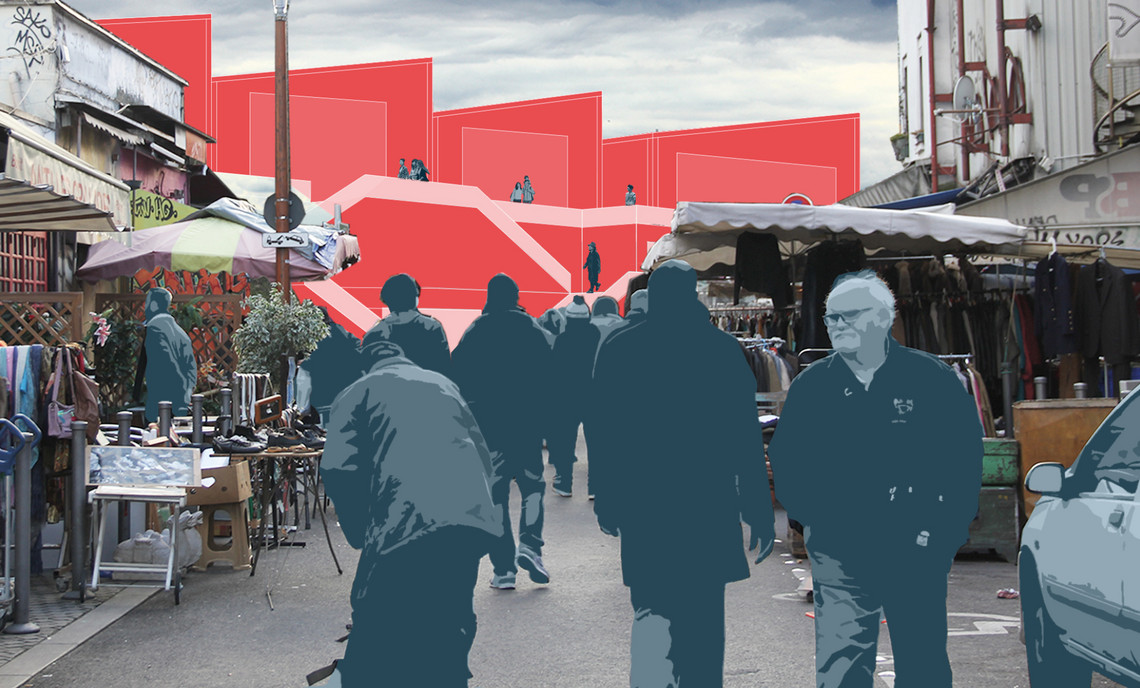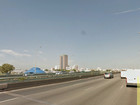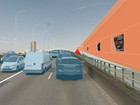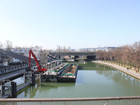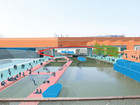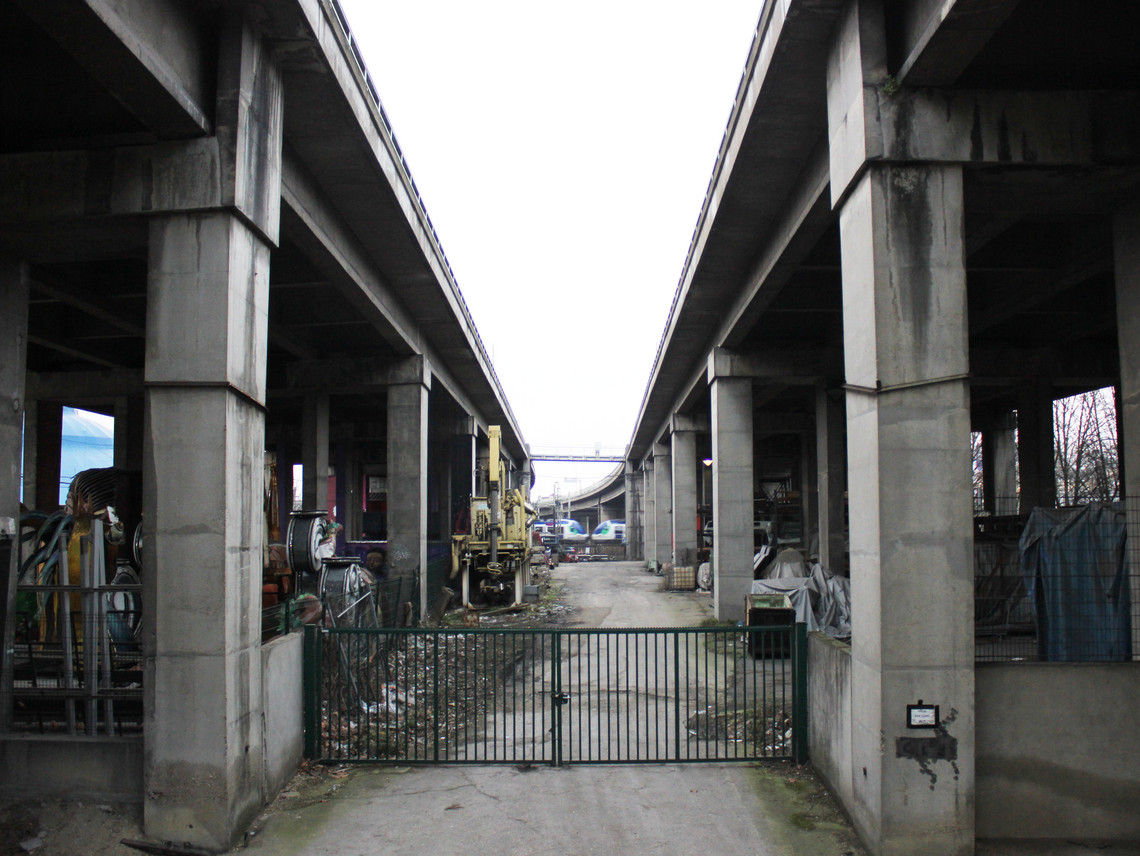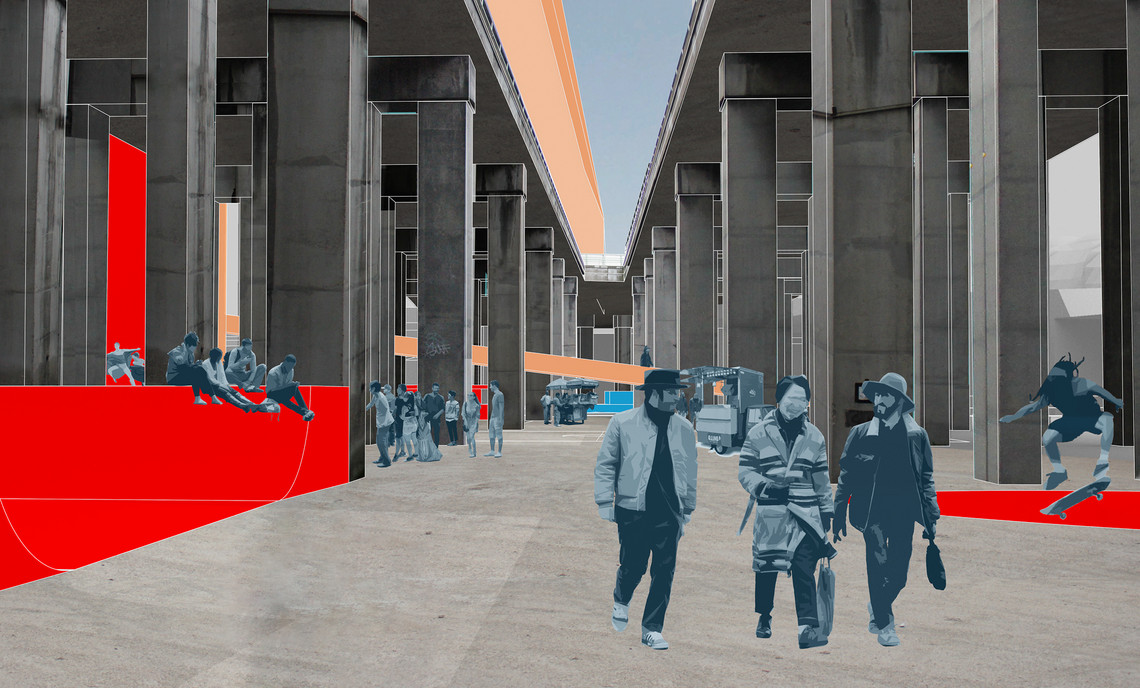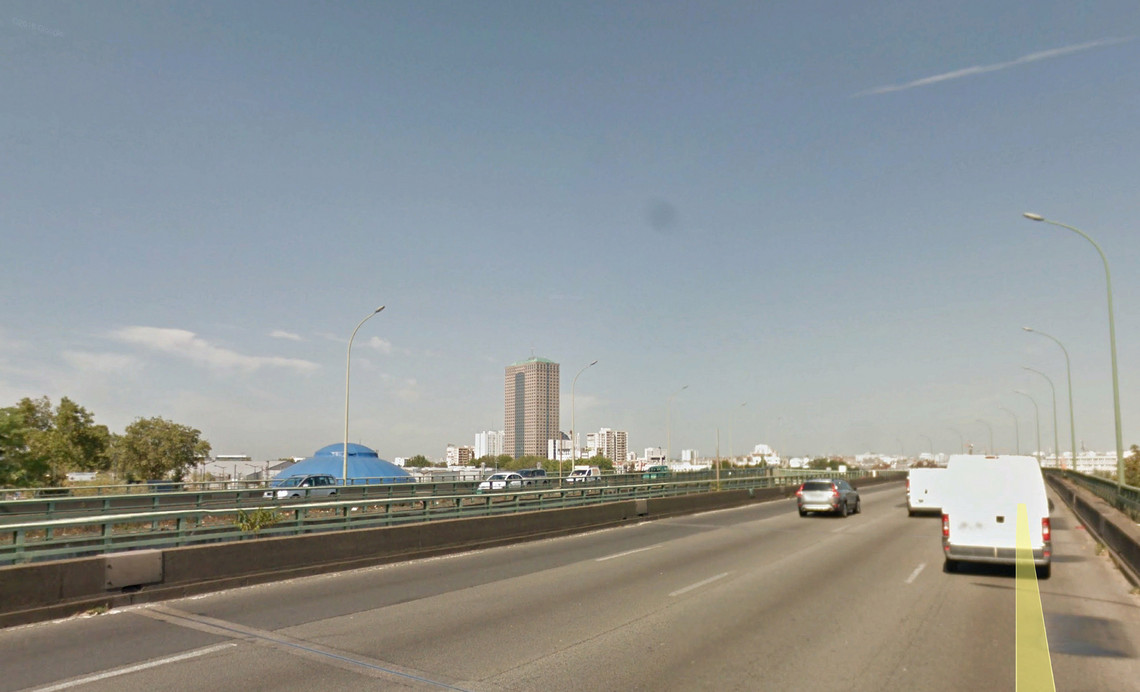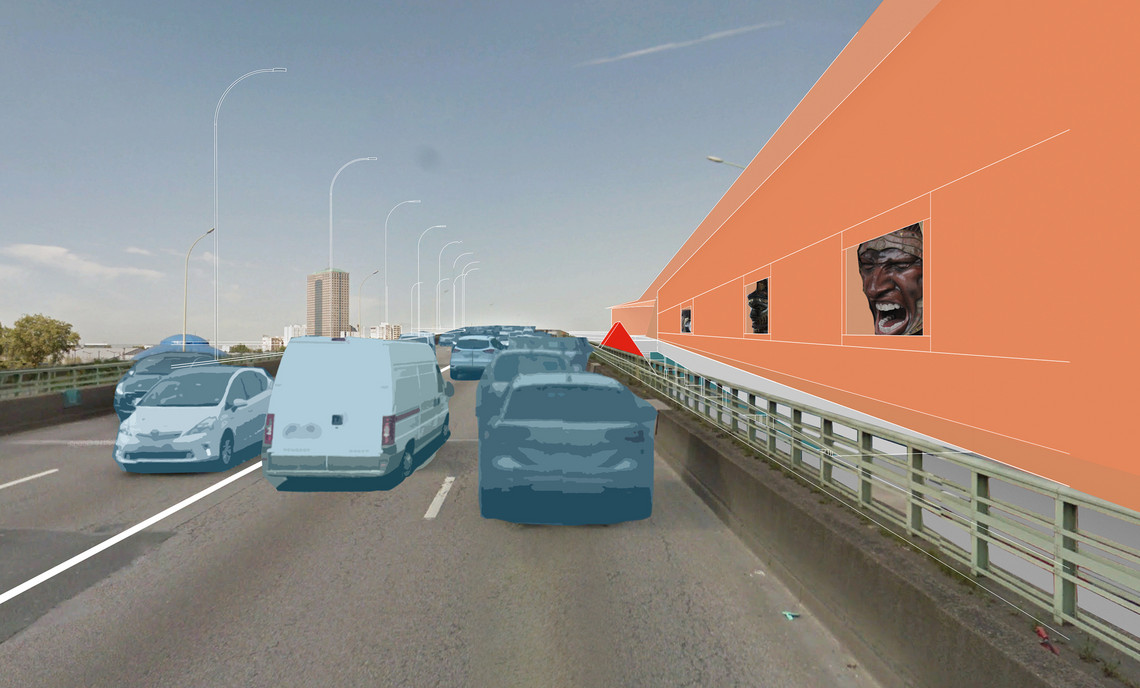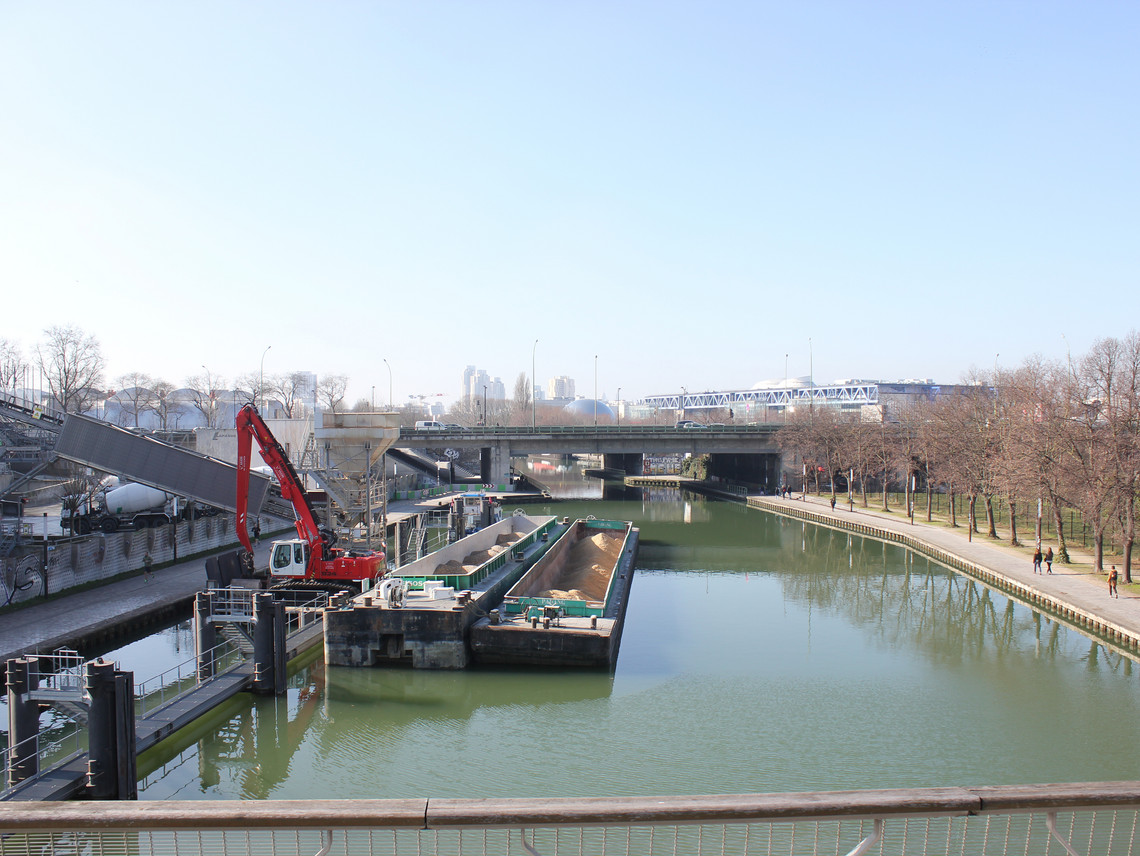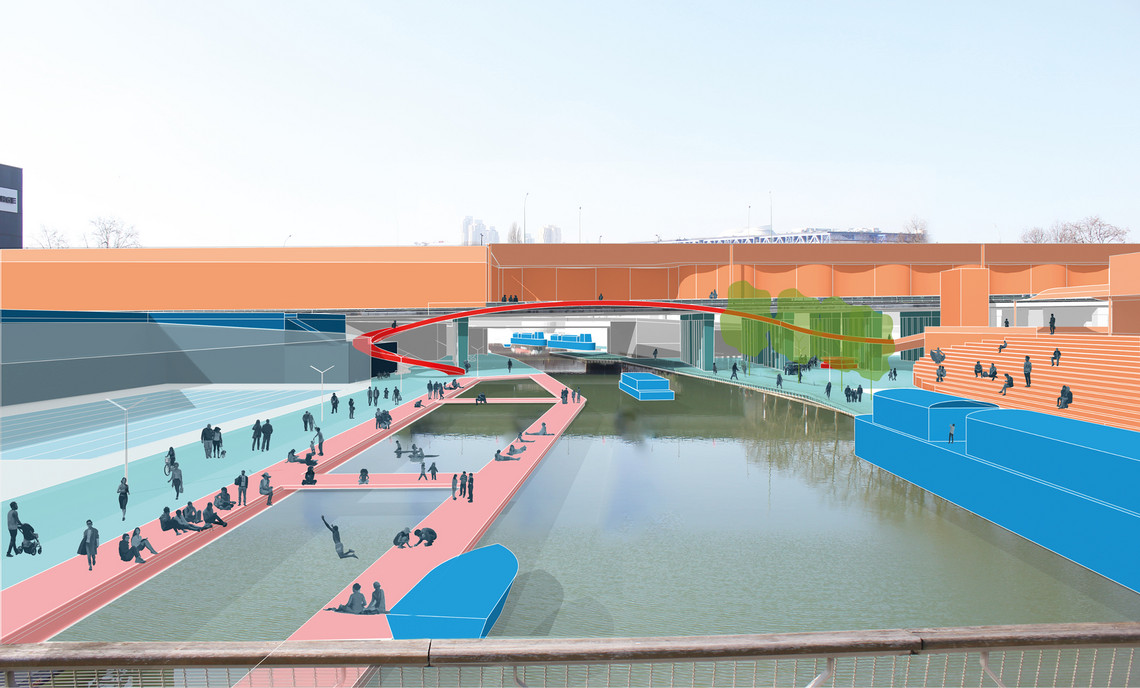
The future of the Urban Highway
ADAPTING THE BOULEVARD PÉRIPHÉRIQUE TO A DEVELOPING METROPOLITAN PARIS
In the context of a growing capital along with a shift of transportation methods, this project discusses the ability to contextualise Paris’ modernist highway ring : The Boulevard Périphérique (BP). In a future scenario where green public transportation and car sharing will have taken over the individually owned petrol car, automobile infrastructures such as highways will need adaptation.
My investigation have been developed in the following three scales : a strategic analysis of the whole ring, a design catalogue listing typoolgical solutions for sections of the ring, and two urban proposals for a contextual reading of the highway.
This project is a typological approach to the necessary transformation of urban highways, rethinking the configuration and proportion of the infrastructure and its integration within its context. Analytical maps, strategic proposals and a catalogue of design principles set up some protocols to tackle the problematic along the whole ring and understand the metropolitan identities.
To exemplify the protocols and principles I set up, two sites have been chosen, with the following criteria: two different urban fabrics with different dynamics, centralities and connections. They are both key points within the metropolitan identities pointed out in the second map below and enable a program specific reflection of the free space around the BP. In this scale the focus lies in the aspects of suitable programmes, multi-user infrastructure and qualitative urban spaces.
Thesis presentation June 6th 2017
QUESTIONING THE USE OF THE CAR, IS ALSO QUESTIONING PRIVATE PROPERTY. IF THE CAR NO LONGER BELONGS TO THE INDIVIDUAL, NEITHER DOES THE CITY BELONG TO THE AUTOMOBILE.
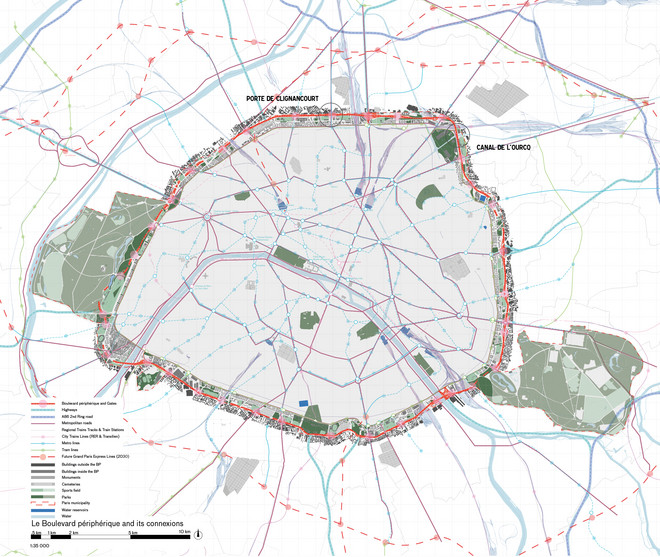

Inspired by TVK (Trevelo & Viger Kohler) a French urban planning and architecture firm and their former study of how to reintegrate the BP within its context, this diagram shows a categorisation of the landscapes of the boulevard peripherique into metropolitan territories. When projecting new urban spaces and connections between the highway and its surroundings, one should abandon the unitary and circular vision to provide proposals by sequences, to create coherent urban space along the highway.
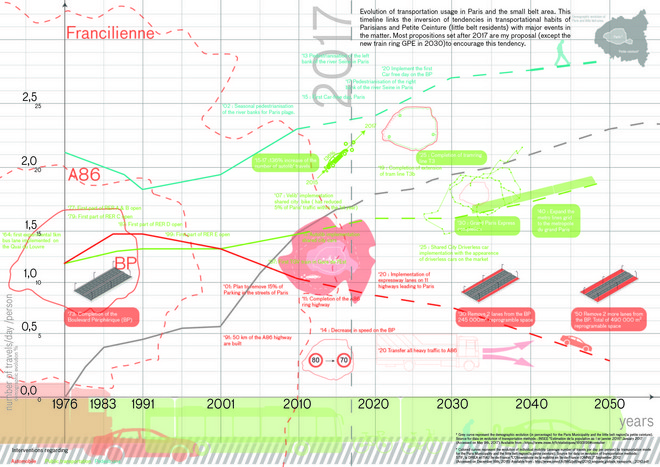
Tendencies are inverting as we slowly abandon the individually owned car for public transportation, and alternative transportation methods such as shared cars.
This timeline represent all the events that have influenced this change in tendency such as pedestrianisation policies, construction of new public transportation lines, reduction of speed on the highway.
I propose a removal of two lanes to start, in 2030, when the train ring line will be complete.
The second phase could happen in 2050, where two more lanes would be removed and a total of 49 hectares would be reprogrammable.
HOW CAN WE ADAPT THE HIGHWAY TO DEVELOPING TRANSPORTATION MODES AND AN EXPANDING CITY? HOW CAN WE CONTEXTUALISE THE HIGHWAY TO INCREASE INTERACTION BETWEEN INFRASTRUCTURE AND URBAN FABRIC?
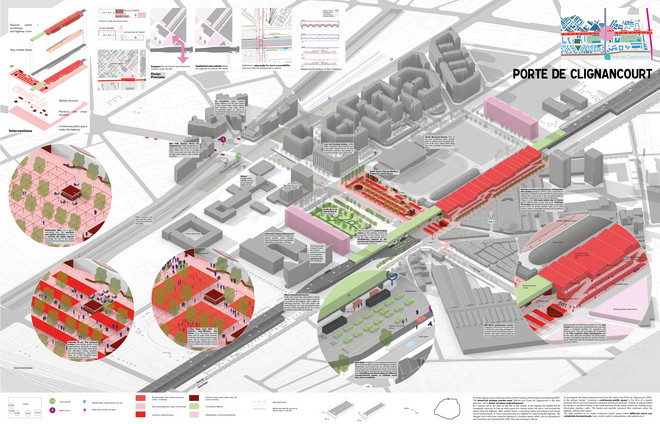
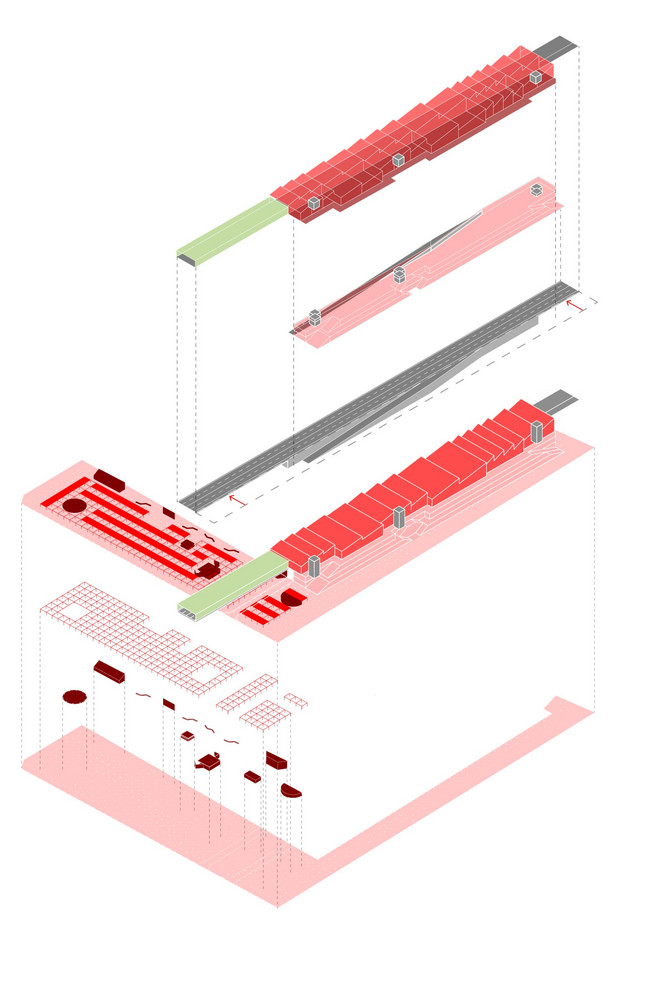
Porte de Clignancourt is a key area of the northern section of the boulevard périphérique(BP). The historical antique market area, Marché aux Puces de Clignancourt is the main attractor, and is driver of urban redevelopment.
As I remove half of the lanes on the BP, in this stretch of the highway the landfill will be completely removed, to free up more space for a dense urban city fabric, and activate the street along the highway. New market stores, a recycling centre and artisanal workshops can be placed there, as more noisy functions are suitable for a plot along the highway. The cheaper rent in the zone along the highway is a positive aspect which can be maintained if such functions are implemented rather than new housing or offices.
To accompany the heavy pedestrian flow from the metro stop Porte de Clignancourt (M4), to the antique market, I propose a continuous public space in the form of a market structure which can host temporary weekend market and festivals. Outside of special events the square is animated thanks to the small pavilions (kiosk, public restrooms, seating areas, information pavilion, café). The market and pavilion structure then continues under the highway, without interruption.
The main ambition is to create continuous public space where different users can cohabitate harmoniously (cars, cyclist, public transportation, and pedestrians).
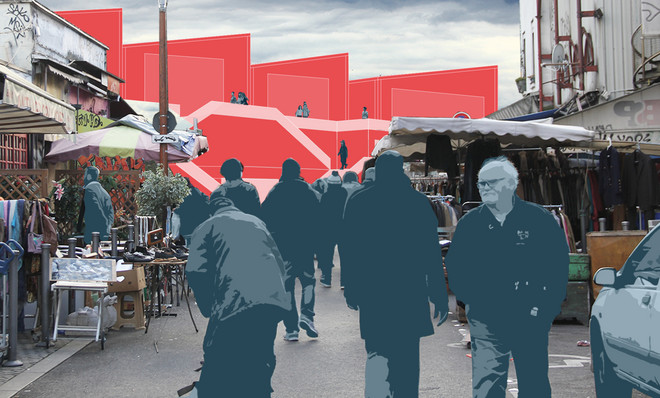
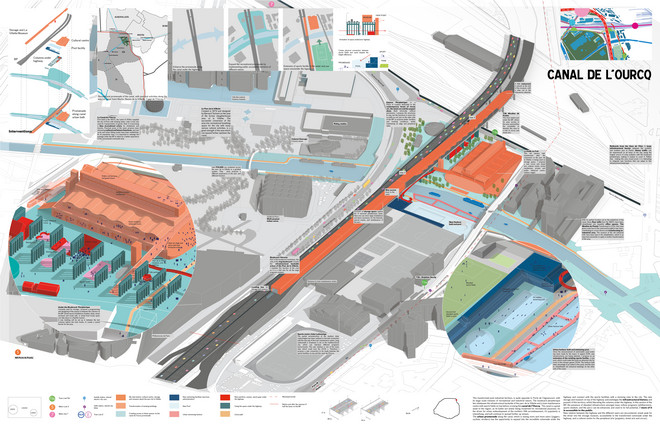
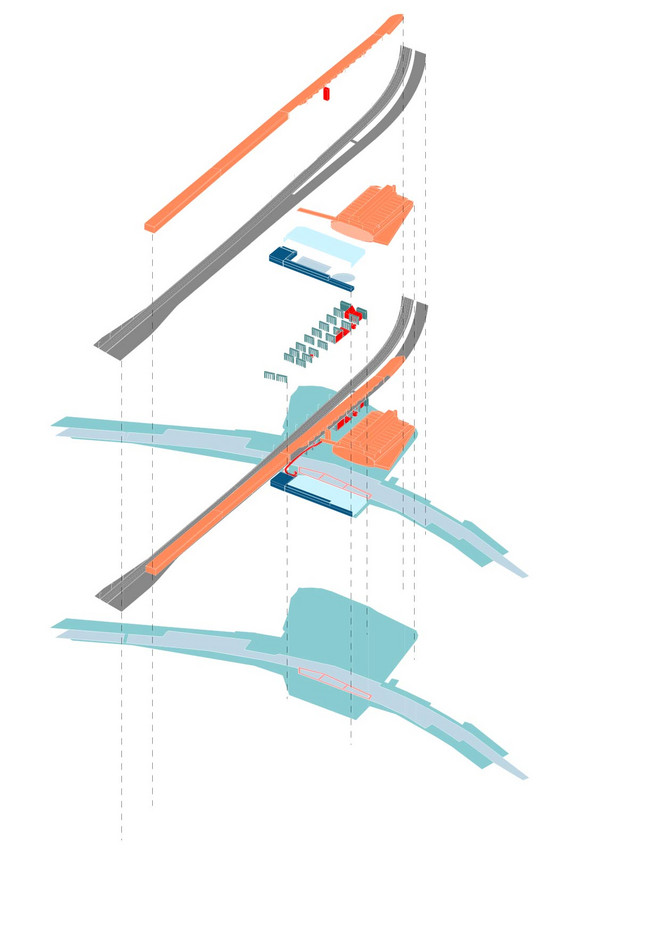
This transformed post industrial territory, is quite opposite to Porte de Clignancourt, with its large scale volumes of recreational and industrial nature. The boulevard périphérique lies inbetween the infrastructural backside of the parc de la Villette and a tram maintenance centre with sports fields on top before crossing the canal de l’Ourcq. The canal is a great asset to the region, as its banks are slowly being reclaimed for recreational purposes. As the driver for urban redevelopment of the northern 19th arrondissement, it’s popularity is intensifying, and will continue to spread further up stream.
The urban promenade along the canal, which is seeing more and more users (joggers, cyclists, strollers) has the opportunity to expand into the incredible colonnade under the highway and connect with the sports facilities with a stunning view to the city. The new storage and museum on top of the highway acknowledges the infrastructural history and present of this territory, whilst liberating the columns under the highway. In this section of the BP, the presence of elevated infrastructure amongst mass culture programs (philharmonic, sports stadium, and the parc) can be enhanced, and used to its full potential, if more of it is accessible to the public.
New relation between the highway and the different users are encountered: sneak peak for the driver into the storage museum, accessibility to the transformed colonnade under the highway, and a cultural centre for the peripheral arts (puppetry, street arts and circus).
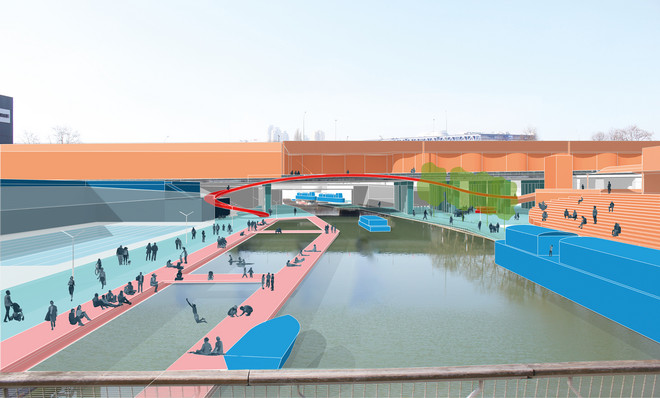
Det Kongelige Akademi understøtter FN’s verdensmål
Siden 2017 har Det Kongelige Akademi arbejdet med FN’s verdensmål. Det afspejler sig i forskning, undervisning og afgangsprojekter. Dette projekt har forholdt sig til følgende FN-mål